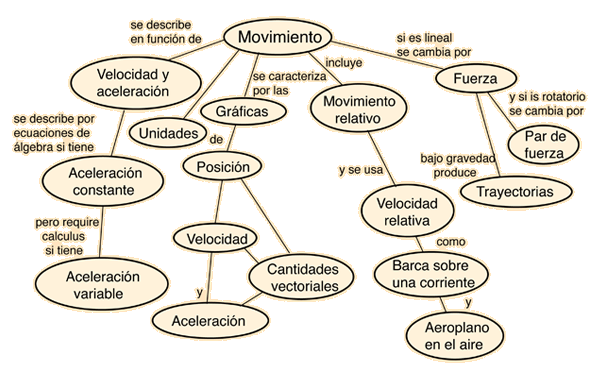

|
Index |
| HyperPhysics***** Mechanics | Go Back |
Description of Motion in One DimensionMotion is described in terms of displacement (x), time (t), velocity (v), and acceleration (a). Velocity is the rate of change of displacement and the acceleration is the rate of change of velocity. The average velocity and average acceleration are defined by the relationships:
|
Index | ||
| HyperPhysics***** Mechanics | Go Back |
Distance, Average Velocity and TimeThe case of motion in one dimension (one direction) is a good starting point for the description of motion. Perhaps the most intuitive relationship is that average velocity is equal to distance divided by time:
|
Index |
| HyperPhysics***** Mechanics | Go Back |
Distance, Average Velocity and TimeThe case of motion in one dimension (one direction) is a good starting point for the description of motion. A basic type of calculation may be explored here by substituting numbers and then clicking on the bold text of the quantity you wish to calculate. Make only one substitution at a time and click the desired quantity -- then you can repeat with other substitutions.

|
Index |
| HyperPhysics***** Mechanics | Go Back |
Forms of Motion Equations
|
Index |
| HyperPhysics***** Mechanics | Go Back |
Forms of Motion Equations
|
Index |
| HyperPhysics***** Mechanics | Go Back |
Motion Example
|